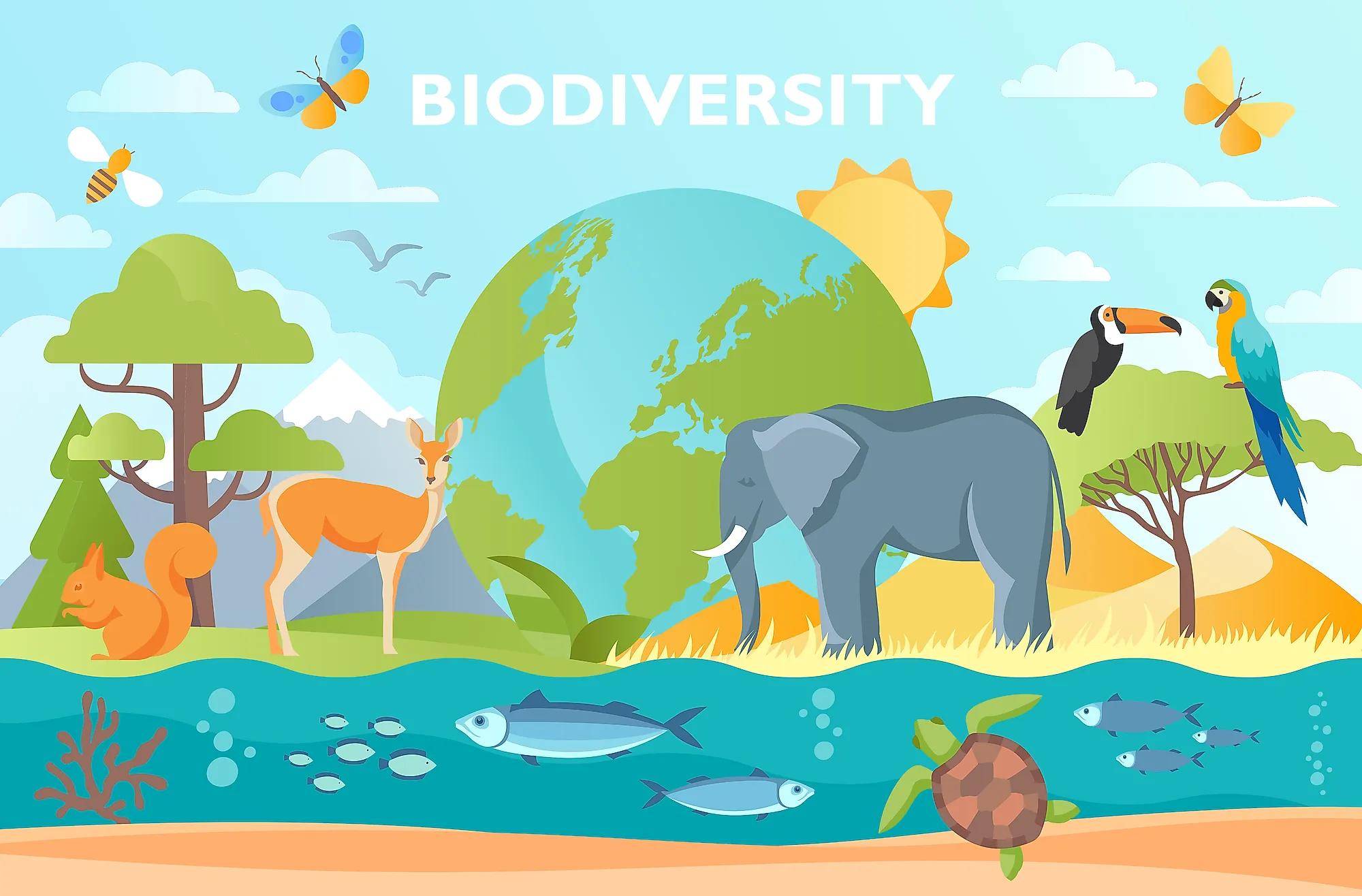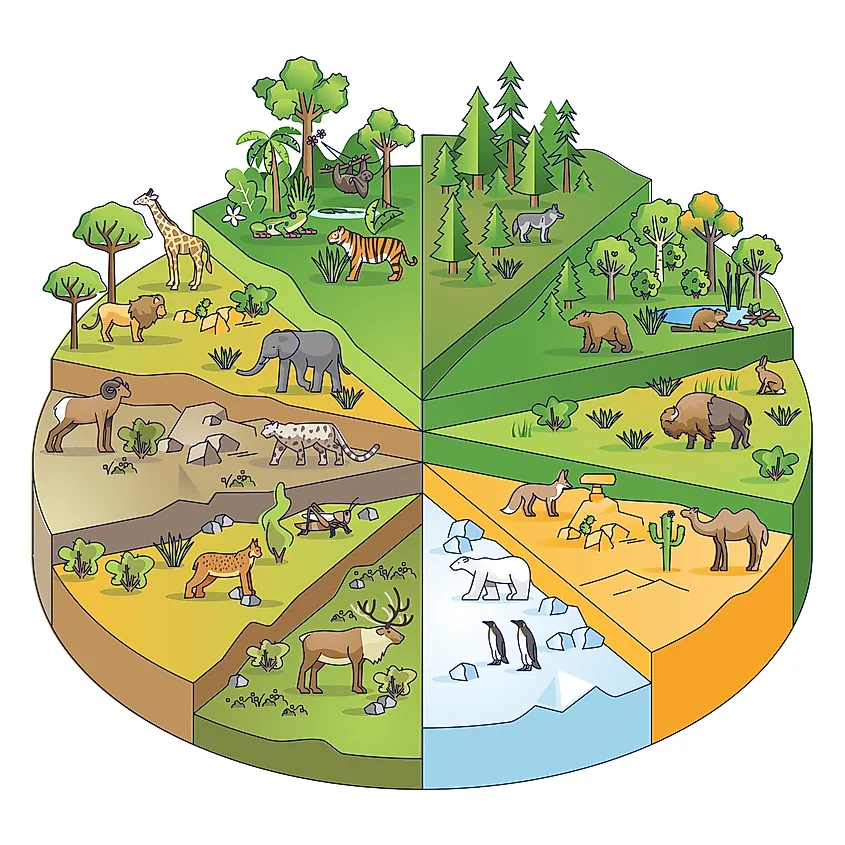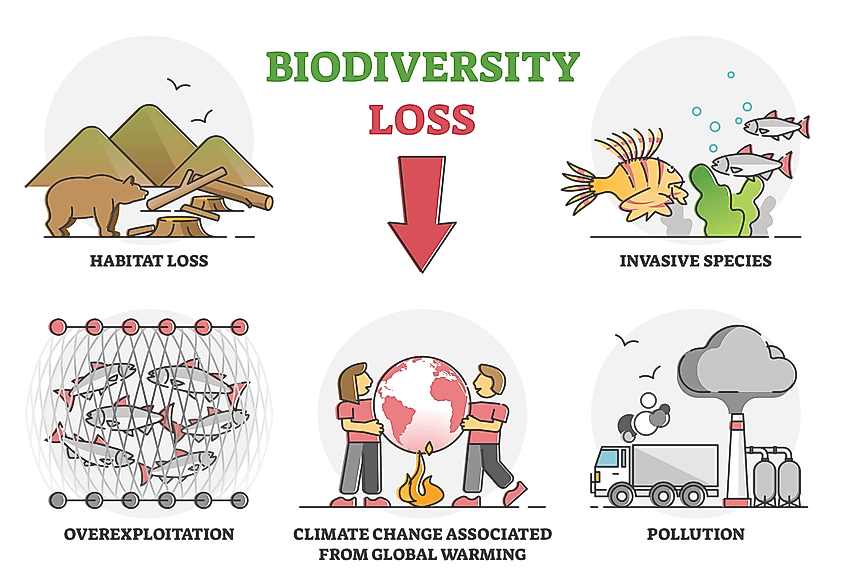
How Many Species Are On Earth?
Our Planet Earth is full of life and has incredible biodiversity. Biological Diversity or Biodiversity is the base of human existence and fundamental to its well-being. Species are the building blocks of this life on Earth, and it is believed that the floral and faunal species that are at present globally found have continuously evolved over 65 million years since the Last Mass Extinction. However, the nature and extent of our planet’s biodiversity at all levels have not been completely evaluated yet. Thus, the exact number of species found in the world remains unknown. Over the years, with the advancement of scientific knowledge and the discovery of more new species, it has been approximated that there are, at present, 10 million to 14 million species on Earth, of which 1.2 million species have been databased. This means that still more than 86% of the terrestrial and 91% of the marine species remain unknown.
Determining Diversity

Every year, taxonomists describe thousands of species, some of which are completely new to science, while in some cases, the species and subspecies are closely examined and determined whether they can be considered distinct species.
A study has revealed that over 99.9% of all species amounting to more than 5 billion species that ever lived here, are believed to be extinct. At present, our planet houses millions of species, among which 86% live on land, 13% in the deep subsurface, and a mere 1% in the oceans. However, Biodiversity is not evenly distributed on Earth, and its number varies greatly on different continents. A study by Mora et al., 2011, revealed that there are approximately 8.7 million ± 1.3 million eukaryotic species on our planet, of which approximately 2.2 million ± 0.18 million eukaryotic species are marine.
The undiscovered and misidentified species hinder our ability to understand patterns and changes in global biodiversity and the rate of species extinctions. Even after several years of taxonomic studies, only 14% of terrestrial species and 9% of marine species have been officially added to the central database. Inevitably, some species will become extinct before researchers realize they ever existed.
Methods Used For Estimating The Number Of Species
There are three common methods used for determining species-level biodiversity. These include Species Richness, Simpson Index, and Shannon-Wiener Index.
Species richness refers to the quantity of different species found in a biological community. However, species richness does not consider the abundance of the species in a particular ecosystem. Introduced by the British statistician Edward H. Simpson in 1949, the Simpson Index considers the amount of species present and the abundance of the individual species. The Shannon-Weiner Index, in turn, measures the diversity of species living in a particular community. In addition to this, there are several other measures of diversity. These include species diversity, ecological diversity, genetic diversity, phylogenetic diversity, and functional diversity.

Nevertheless, different studies have revealed that it might take more than 1,200 years and 303,000 taxonomists to describe and document all the remaining species on the planet. At present, global biodiversity is faced with severe challenges. The high rates of biodiversity loss require immediate initiatives to know more about the planet’s remaining species.











